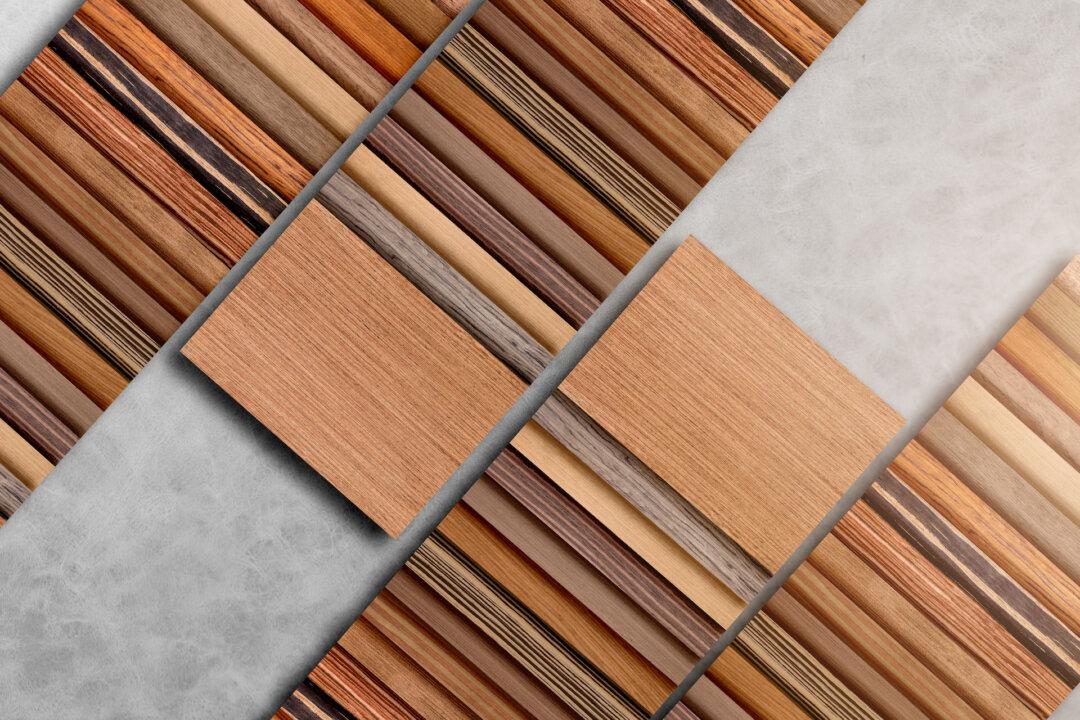With low maintenance being a primary concern, a white vinyl fence is the answer to your dreams. About the only maintenance it requires is a periodic hosing down to remove surface dirt. If you select a good-quality vinyl fence, and fence quality does vary, it will still look new in 10 years.
It is difficult to determine the quality of vinyl fencing just by looking at it. It all looks great when new. One gauge of its quality is the warranty period. Also, the percentage of recycled material used and its source are important. Recycled scrap from the fence production itself is preferable to other sources.
Vinyl fencing began being manufactured in the late 1970s and became moderately popular in the 1980s. The problem with these early fences was that they used the same basic manufacturing technology of PVC piping, which did not withstand the sun’s ultraviolet rays well.
More recently, high-quality vinyl fence manufacturers solved this problem by using vinyl window technology. The fencing, although it looks like a single solid piece, has a thin special UV-resistant cap layer formed onto the fence itself. This reduces the sun damage.
You might be thinking, what would a plastic fence really look like? You have probably already seen many of them and not known it. Unless you are up against it, many of the ones with grain-embossed surfaces are difficult to distinguish from real wood.
Since post and rail fences are the most popular design, all the vinyl fence manufacturers produce it. You can also buy other styles like picket, wrought iron, cross buck, and privacy vinyl fences.
Vinyl fencing is particularly good with children around. It does not splinter and is very durable. It is several times more flexible and stronger (tensile strength) than wood, so it will withstand minor impacts without damage. Also, since the color goes completely through the material, small scratches are not apparent.
So, you wonder, why doesn’t everyone use vinyl fencing? Vinyl fencing is a bit on the pricey side as compared to a new wood fence—as much as twice as much. Installation of vinyl fencing is also more difficult and exacting.
When you consider the overall life cycle cost of vinyl fencing, including the painting and maintenance, it can actually be less expensive than wood. If you do not have kids who you can make paint the fence as punishment, you can plan on spending at least 50 cents per foot per year on paint and maintenance of wood.
As I mentioned above, much more care must be taken when installing vinyl fencing. Do it wrong and it will be an unattractive wavy mess. The first vinyl fencing that I installed looked, on a hot summer day, like a wet lasagna noodle.
This is due to the fact that vinyl grows and shrinks substantially with outdoor temperature changes. Nearly all vinyl fencing is light-colored so that it does not overheat in the sun.
To install vinyl fencing properly, wait until a moderately warm and preferably overcast day to avoid excessive heating from the sun. The installation tolerances must be held closely, so read the installation instructions carefully. Do it right and you will surely be satisfied with your new fence.






